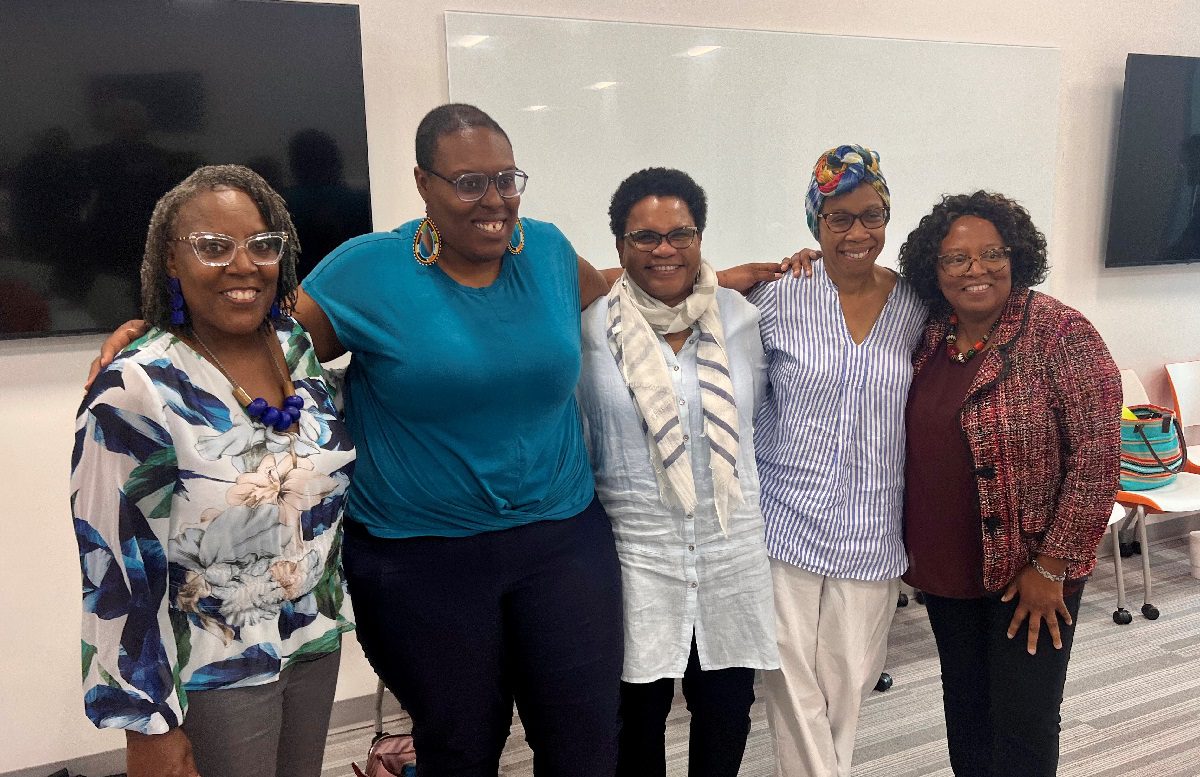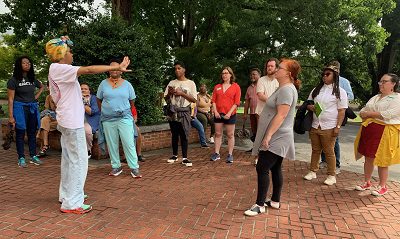Summer institute ‘Reconstructing the Black Archive’ aims to create a more complete picture of history

Twenty-four scholars from across the country will spend three weeks in South Carolina, learning how to teach and tell a more complete picture of American history, thanks to a grant from the National Endowment for the Humanities.
“Reconstructing the Black Archive,” a summer institute run by Furman University and Clemson University, will send the scholars, most of whom teach undergraduate students, into churches, historical associations, museums and other sources to learn to recover missing, often intentionally buried, histories.
“These are vibrant sources that tell a history lost to many earlier generations. It’s exciting and thrilling to behold,” said Gregg Hecimovich, Furman professor English, who directs the institute with Furman’s Kaniqua Robinson, assistant professor of anthropology, and Clemson’s Susanna Ashton and Rhondda Robinson Thomas, both professors in the Department of English.
The scholars’ itinerary takes them to sources at Clemson University and the city itself, Columbia and Charleston where they’ll learn from a cast of experts including archivists, literary critics, prize-winning authors, poets and historians, people who have forged the tools for reassembling the scattered shards of information that give a fuller picture of the past. Scholars will also have the opportunity to visit the International African American History Museum and learn about Harriet Tubman’s Combahee Ferry Raid that freed more than 700 slaves in 1863.
The narratives and discoveries will hopefully make their way into the public discourse and into our collective understanding of history through the scholars’ art, books and other scholarly projects, Hecimovich said. He’s also excited about how the institute will effect change and bring new perspectives into the classroom.

Rhonnda Thomas, left, speaks to scholars participating in “Reconstructing the Black Archive.”
“Some of the folks in our institute are teaching at community colleges, and their interest is how they can bring this model to their students,” he said.
For example, in Hecimovich’s first-year writing seminar, “Picturing Slavery,” he introduces students to seven South Carolina captives whose images were among the first-ever recorded in early photography. He shows students how Furman is connected to slavery through field trips to archives, which have added to the original findings of Furman’s Seeking Abraham project. In another class, “Slavery and the Novel,” Hecimovich exposes the textural nuances of slavery, helping students understand how it has shaped their world.
Hecimovich’s work and much of the institute is modelled on the groundbreaking “Call My Name” research of Rhondda Thomas at Clemson University.
“With people from across the spectrum – artists who want to write poetry about this, college teachers who want to engage it further in their classes, graduate students who are at the beginning of their careers, or endowed professors who have the power at their institutions to shape the curriculum – it’s collaborating with those shaping how we access the past,” Hecimovich added.